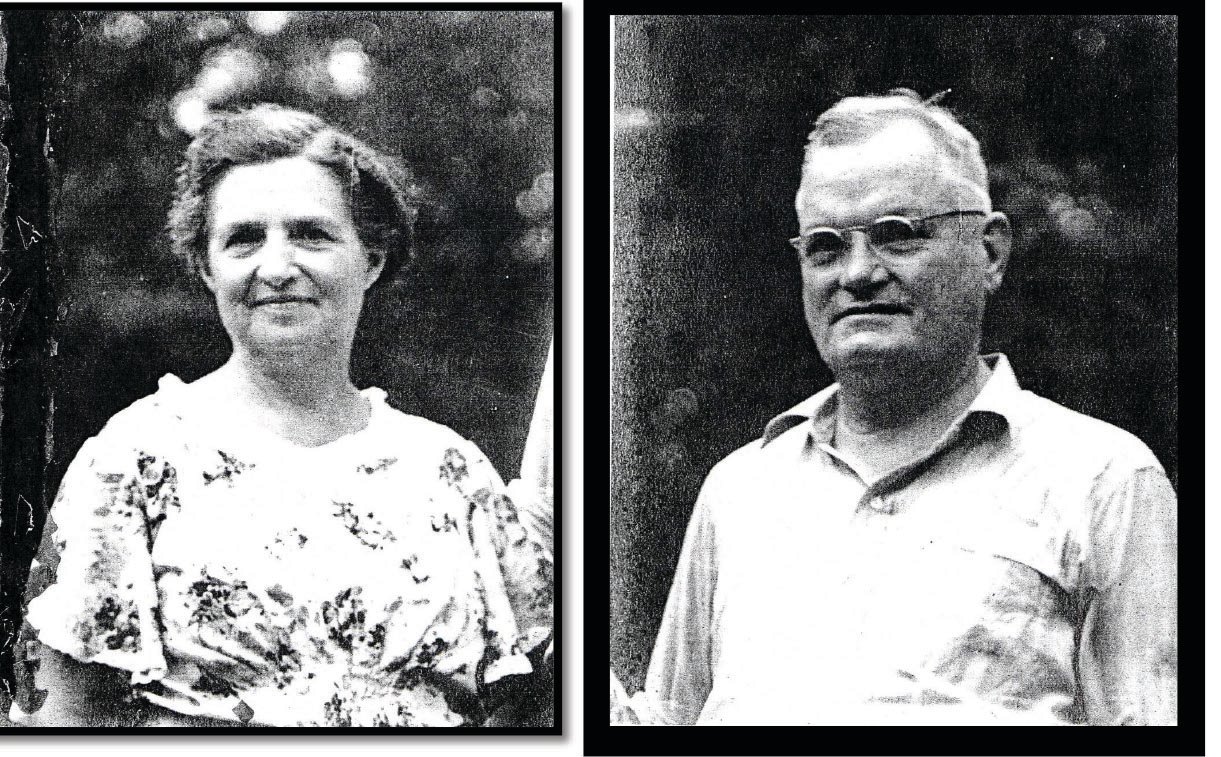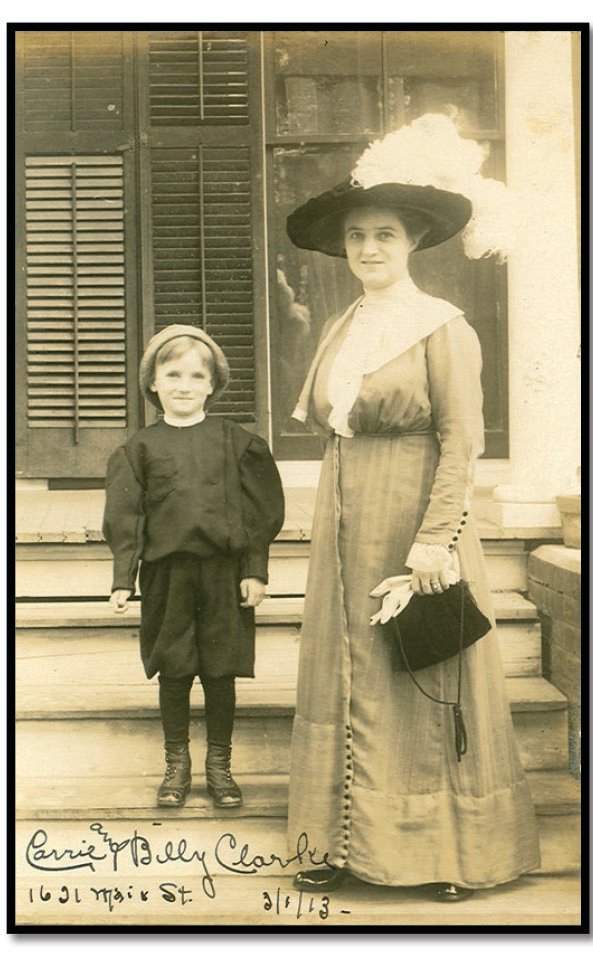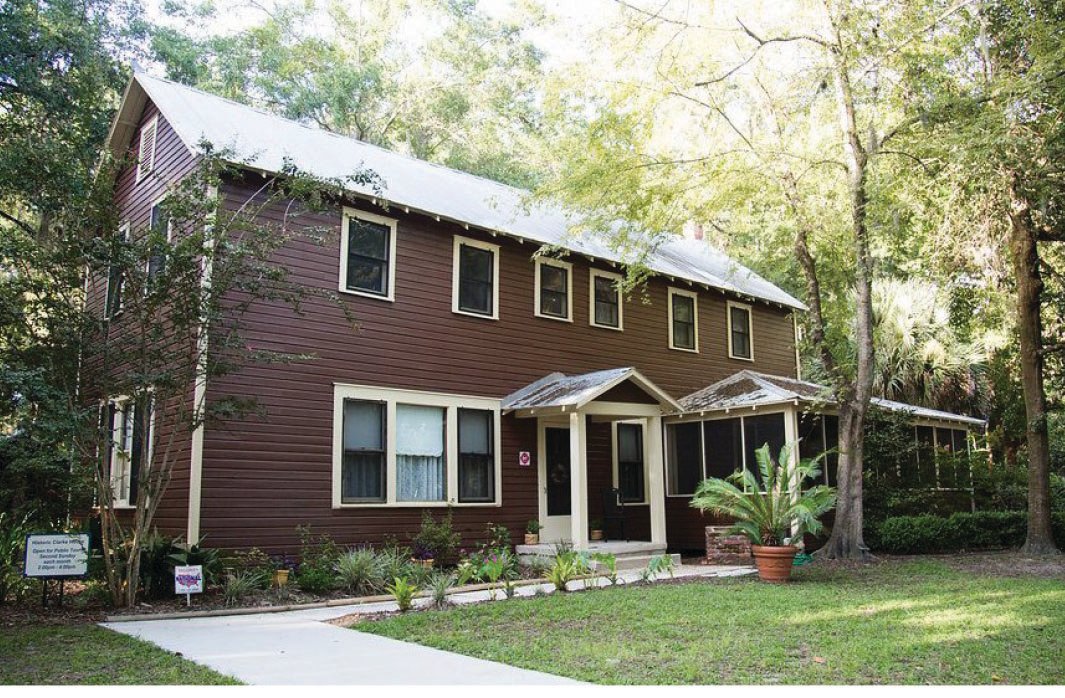Celebrate Clay History
What’s in a name? Carrie Clarke Park
ORANGE PARK – The sounds of children’s laughter waifs through the air. Warm sunshine touches their faces as they ride the swings and slides at Carrie Clarke House Park. Parents sit in the shade …
This item is available in full to subscribers.
Attention subscribers
To continue reading, you will need to either log in to your subscriber account, or purchase a new subscription.
If you are a current print subscriber, you can set up a free website account and connect your subscription to it by clicking here.
If you are a digital subscriber with an active, online-only subscription then you already have an account here. Just reset your password if you've not yet logged in to your account on this new site.
Otherwise, click here to view your options for subscribing.
Please log in to continueDon't have an ID?Print subscribersIf you're a print subscriber, but do not yet have an online account, click here to create one. Non-subscribersClick here to see your options for subscribing. Single day passYou also have the option of purchasing 24 hours of access, for $1.00. Click here to purchase a single day pass. |
Celebrate Clay History
What’s in a name? Carrie Clarke Park
ORANGE PARK – The sounds of children’s laughter waifs through the air. Warm sunshine touches their faces as they ride the swings and slides at Carrie Clarke House Park. Parents sit in the shade watching over their children. Located on Kingsley Avenue, the recently renovated park gleams with new equipment. Understandably, few people stop to ask “Who is Carrie Clarke and why did they name a park after her?” Read further and you’ll find out why she served as a role model for many, both then and now.
One thing that is not new at this beloved park is Carrie Clarke’s house. Built in 1912 and on the National Register of Historic Places, Carrie and William Clarke lived in the house until they died in 1943 and 1979. The home is your basic wooden farmhouse because the park was once a working farm. Carrie and William grew pecans and were quite successful at it. William was a plumber and pipefitter by trade but wanted to supplement their income with proceeds from pecan farming.
Carrie was from Chicago, born in 1885. Toward the end of the American Civil War, William immigrated to America from England. He moved to Jacksonville and established a plumbing and mechanical business. The couple met, fell in love and married in 1904. The couple soon moved to Orange Park where they bought several acres of land off Kingsley Avenue, built the main farmhouse and other outlying buildings including housing for farmworkers. Later, that housing would be home to Viki the Chimp and her handlers from the Monkey Farm (Yerkes Laboratories of Primate Biology) which was just down the street. Viki was known to play in the pecan trees, swinging from limb to limb. The nuts must have been a favorite treat.
The Clarkes had one son named William Edward Clarke. Born in 1908, he eventually inherited the farm. Billy, as he was called, grew up on the farm and worked in his father’s plumbing business, too.
William Sr. became very involved in local politics. From positions as the Orange Park Treasurer (1924), Tax Collector, Town Clerk, Town Councilman to, eventually, Orange Park Town Mayor. He served again as the Town Treasurer (1937) until he died in 1943.
It was Carrie who had a heart of gold and she showed her love for the community by obtaining the original land for the First Baptist Church of Orange Park for $1. Eventually, the church moved to a location across the street from Carrie’s house. She sponsored missionaries around the world and helped with the church’s Children’s Home. The Orange Park Woman’s Club was likely Carrie’s greatest love; she helped incorporate it and served as club president. Their helpful activities are well documented in the club’s historic records, including their support of Orange Park Elementary School, a pet project of the club.
The impact of the Great Depression did not miss Orange Park. The hungry came to Carrie Clarke’s door for plates of food and found both a meal and also kindness there. The sounds of the Wedding March song played on the piano in the Clarke’s living room as the result of Carrie lending her home out often to young brides who couldn’t afford a traditional wedding venue.
The town purchased the remaining 15 acres in 1991. The pecan trees are long gone and attempts to grow new ones have mainly failed, as visitors to the park are sometimes rough on the saplings. But visitors, nonetheless, are encouraged to step back in time to enjoy the park’s modern facilities which now include a large new playground, sand volleyball court, nature trails, gardens, lake, pavilions, grills, restrooms, and numerous beautiful oak trees. Like Mrs. Carrie Clarke, the park named in her honor welcomes you with open arms.















